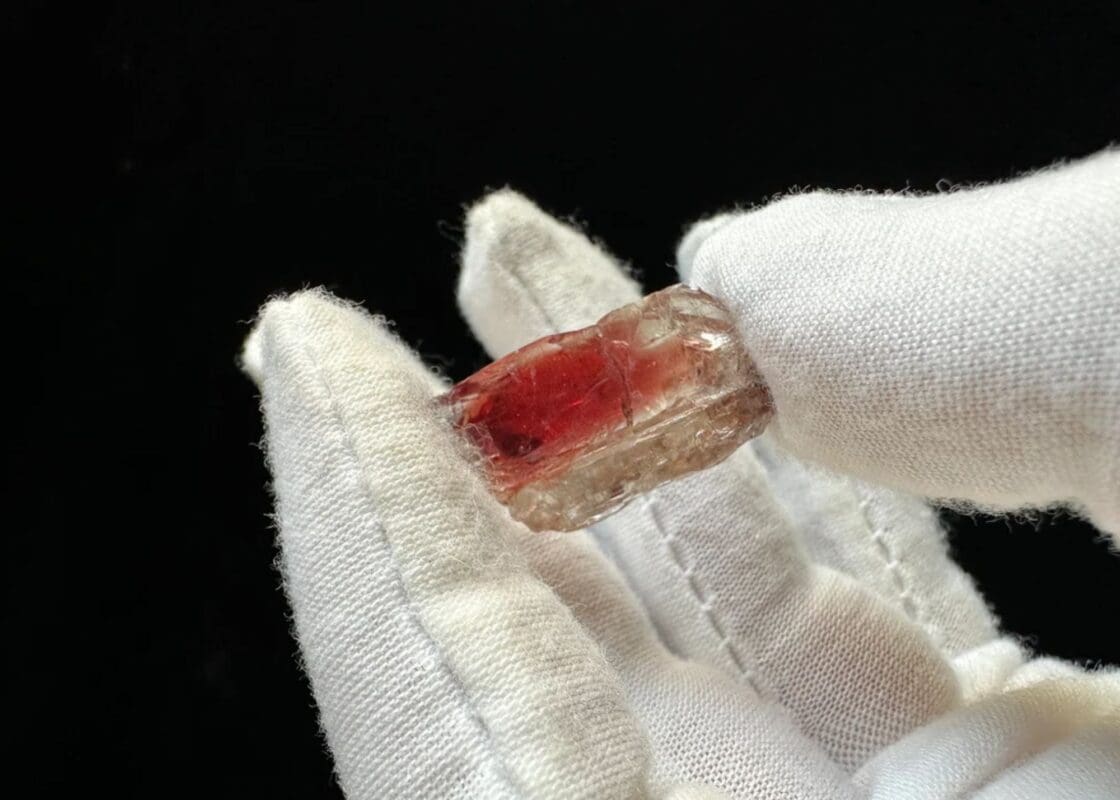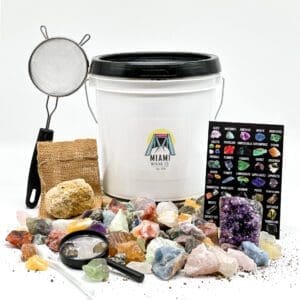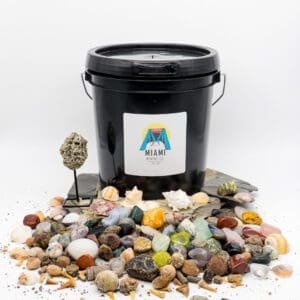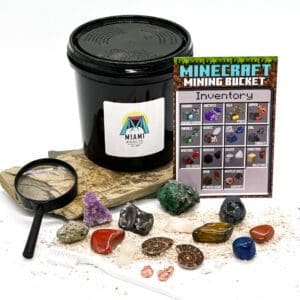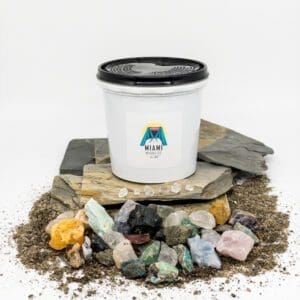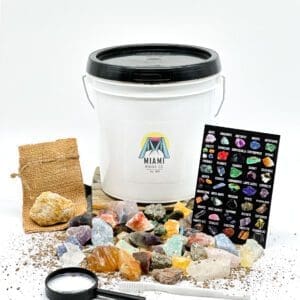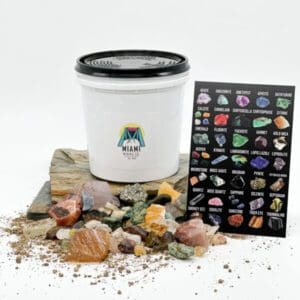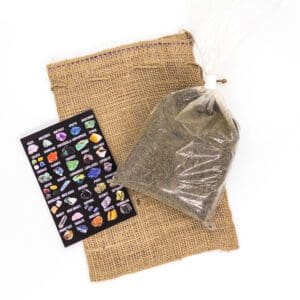Gem Mining Oregon: Premier Oregon’s Gem Mining Guide
Oregon, a state renowned for its lush landscapes and dense forests, also holds a treasure trove of gemstones beneath its verdant canopy. The allure of unearthing sparkling gems, entwined with the spirit of adventure, has beckoned many to its diverse geological terrains. This article will guide you through Oregon’s gem-rich grounds, highlighting its glittering history, coveted locations, and tips for both novice and seasoned prospectors.
The Most Popular Gemstones in Oregon
Oregon’s varied geology provides a rich tapestry of gems ranging from the exquisite rarities to those commonly found. Let’s delve deeper into the state’s diverse offerings with a comprehensive list of both rare and common gemstones.
Rare Gemstones in Oregon:
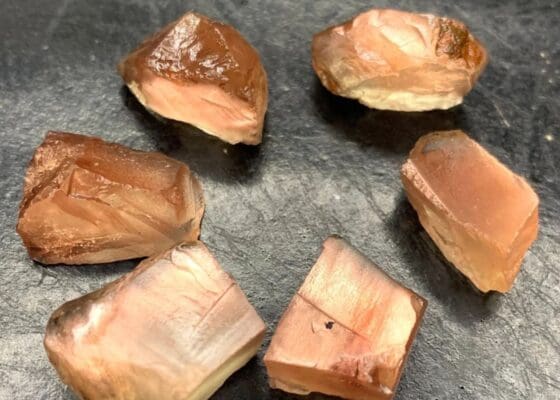
| Gemstone | Description |
|---|---|
| Oregon Sunstone | Known as the state’s gem, it’s a feldspar with copper inclusions, resulting in a radiant, shimmering display. |
| Fire Opal | A transparent to translucent opal with a warm, fiery hue. Often found in Opal Butte. |
| Angel Wing Plume Agate | Recognizable by its intricate feather-like inclusions and delicate patterns. |
| Holley Blue Agate | Originating from Holley, Oregon, it has a distinct lavender to blue hue. |
| Ellensburg Blue Agate | Found near Oregon’s northern borders, it’s prized for its deep, blue color. |
Common Gemstones in Oregon:
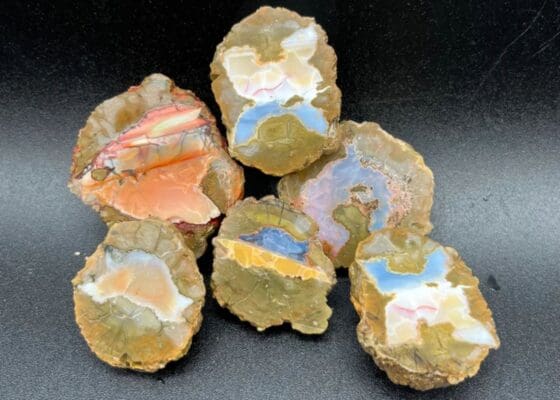
| Gemstone | Description |
|---|---|
| Thunder Egg | Oregon’s state rock, it’s a form of geode with a central core resembling agate or chalcedony. |
| Jasper | Often found in a multitude of colors, it’s a form of chalcedony known for its intricate patterns. |
| Common Opal | Unlike its fiery cousin, common opal doesn’t display play-of-color but comes in varied hues. |
| Petrified Wood | Ancient trees turned to stone over millennia, preserving their intricate patterns. |
| Carnelian | A reddish variant of chalcedony, often found alongside rivers. |
| Moss Agate | Transparent to translucent with moss-like inclusions, giving it a distinct appearance. |
| Zeolites | A family of minerals, often found in Oregon’s volcanic terrains, that include stilbite and heulandite. |
| Obsidian | Volcanic glass that is often found in black, but can have variations like snowflake obsidian. |
| Garnet | Typically found in a deep red hue, these are often discovered in Oregon’s metamorphic rocks. |
| Quartz | One of the most abundant minerals, it can be found in clear, milky, or rose variants in Oregon. |
This diverse collection is but a glimpse of Oregon’s geological bounty. Both amateur rockhounds and seasoned gem collectors can find their heart’s delight amidst Oregon’s terrains.
Top Gem Mining Locations in Oregon
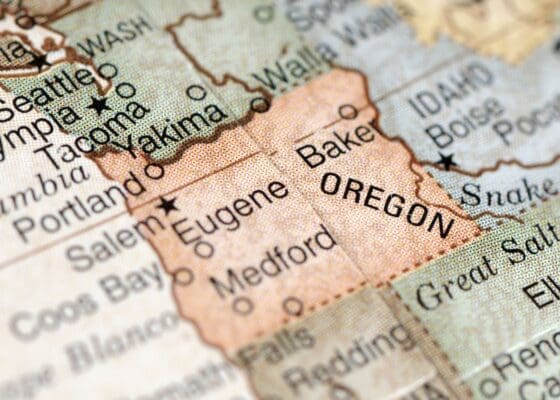
- Dust Devil Mining Co., Near Plush: This renowned site is a hotspot for the radiant Oregon Sunstones. Depending on the season, operating hours can vary. Fees are often based on day-use or the weight of gems you uncover.
- Richardson’s Rock Ranch, Madras: A treasure trove for those keen on thunder eggs, Oregon’s official state rock. The ranch provides digging sites that operate during specific hours, typically charging a per-pound fee.
- Opal Butte, Morrow County: An essential destination for any opal enthusiast, especially those in search of the mesmerizing fire opal.
- Lucky Strike Mine, Mitchell: Ideal for those hunting for a variety of gemstones including jasper, agate, and the occasional gold nugget. They operate mostly during summer and fall with a fee for day-use.
- Double Eagle Mining, Plush: Another locale for Oregon Sunstones. This site offers both public and private digs, with fees differing based on the section you choose to mine.
- Turtle Bay Agates, O’Brien: A lesser-known site perfect for sourcing beautiful turtle agates. Operating hours and fees may vary, so it’s advisable to contact the site ahead of your visit.
- Whistler Springs, O’Brien: Known for its array of jaspers, this location is a paradise for those who appreciate the intricate patterns and colors of this gemstone. Be sure to check their operating calendar as they are open seasonally.
- Little Pine Garnet Mine, Baker County: Garnet enthusiasts can get their fill at this mine, which offers both digging sites and pre-filled buckets. The fees and hours are seasonal, so it’s best to check ahead.
- Spectrum Sunstone Mine, Plush: Another venue for Oregon Sunstone, Spectrum offers both day digging and high-grade, pay-to-dig options. Their operating hours are typically from May to October, with variable fees.
- Bear Creek Placers, Josephine County: A location that’s not just about gemstones but also about gold. They are open to the public but require a permit, so ensure you have the necessary permissions and are aware of their fee structures.
Each of these destinations offers a unique gem mining experience in Oregon. Whether you’re an amateur with a keen interest or a seasoned prospector, the Beaver State’s vast and varied terrains have something for everyone.
History of Gem Mining in Oregon

The history of gem mining in Oregon is as varied and vibrant as the gemstones found beneath its soil. With vast landscapes dominated by volcanic terrains, lush valleys, and dense forests, the state has long been a magnet for both indigenous peoples and modern-day miners.
Historically, Native American tribes of Oregon valued many of these gemstones not only for ornamental purposes but also for their spiritual significance and practical utility. Agates, jaspers, and obsidians, found aplenty in the state, were often used for making tools, weapons, and ceremonial objects. These stones held stories of the land, passed down through generations.
In the late 19th and early 20th centuries, as the U.S. expanded westward, settlers and miners arrived in Oregon. Lured by tales of gold in the state’s rivers and streams, they were soon drawn to its other geological wonders. Gem mining, at this time, shifted from a localized, community-driven activity to one of economic importance.
One of the most significant turning points in Oregon’s gem mining history was the discovery of the Oregon Sunstone in the Ponderosa mine in the 1980s. This unique gem, known for its brilliant copper inclusions, placed Oregon prominently on the global gemstone map. It spurred increased exploration and commercial mining activities in the state.
Moreover, Oregon’s rich volcanic history has led to a diverse array of gemstones. Regions with high volcanic activity, such as those near Plush, became popular for their sunstones, while areas with ancient lava flows were rich in agates and obsidians. The state’s rivers and streams, which have carved their paths through these volcanic terrains, also became sources for garnets, gold, and other minerals.
Over the years, the appeal of gem hunting in Oregon has grown, not just for its economic prospects but also for its spirit of adventure. Today, while commercial mines operate in several regions, the state also encourages recreational rockhounding, allowing enthusiasts to experience the joy of discovery firsthand.
In essence, Oregon’s gem mining history is a rich tapestry of indigenous traditions, economic pursuits, and individual passions, deeply intertwined with the state’s geology and cultural evolution.
Gem Mining Regulations in Oregon

Oregon, with its expansive public lands and mineral-rich terrains, is a popular destination for both commercial miners and recreational rockhounds. However, to ensure sustainable and responsible mining while preserving the state’s ecological integrity, Oregon has set up a comprehensive framework of gem mining regulations.
Public Lands: Most of Oregon’s public lands are managed by the Bureau of Land Management (BLM) and the U.S. Forest Service. These agencies have specific rules and guidelines for mining activities:
- Recreational Rockhounding: Individuals and families interested in casual collection, often referred to as rockhounding, can typically gather gemstones without a permit. However, there are limits to daily collections. For instance, the BLM generally allows the collection of up to 250 pounds of rock specimens per year, per person.
- Commercial Mining: Those interested in large-scale or commercial mining activities must go through a more rigorous process, including claim staking, environment assessment, and periodic renewal of mining rights.
Private Lands: Mining on private property requires explicit permission from the landowner. This is true for both recreational and commercial mining activities. Respecting private property rights is crucial, as trespassing can lead to significant legal repercussions.
River and Stream Restrictions: Certain waterways in Oregon, owing to their ecological sensitivity or historical significance, have restrictions on mining. Dredging and sluicing, for instance, can be limited or prohibited in certain streams to protect fish habitats.
Native American Reservations: Tribal lands have their own set of rules and regulations regarding mining and rockhounding. Always obtain proper permissions and understand the guidelines when considering any activity on these lands.
Protected Areas: National parks, monuments, and certain wildlife refuges prohibit mining and rockhounding activities to protect their ecological and historical assets. Always check with the managing agency or local ranger stations before planning a gem hunting trip in a new area.
Permits and Fees: While recreational rockhounding on most public lands doesn’t require a specific permit, commercial mining does. Fees vary depending on the type and scale of mining, the location, and the managing agency. It’s essential to check and pay the necessary fees, as evasion can result in hefty penalties.
Safety and Environmental Concerns: Oregon’s mining regulations also prioritize safety and environmental sustainability. Activities that can destabilize the land, contaminate water sources, or harm local ecosystems are often restricted. Additionally, abandoned mines, though tempting for exploration, can be extremely dangerous and are generally off-limits.
In conclusion, while Oregon offers vast opportunities for gem mining, understanding and adhering to its regulations is paramount. These rules ensure that the joy of discovery is balanced with respect for the land, its history, and its future.
Necessary Tools and Equipment for Gem Mining in Oregon
Oregon’s diverse geological terrains, ranging from volcanic fields to riverbeds, demand a set of essential tools and equipment tailored to enhance your gem mining experience. Whether you’re a beginner setting out on your first rockhounding adventure or a seasoned prospector, being well-equipped can significantly improve your chances of success.
1. Screening and Classifying Tools: Reveal those hidden treasures!
Description: These are essential when searching riverbeds or streams. Sieves help separate larger rocks from potential gemstones based on size.

🛒 Explore Top Screening Sets on Amazon
2. Shovels and Trowels: Digging deep or just scratching the surface?
Description: Useful for digging in areas where gems might be found just below the surface. Ensure it’s sturdy and the right size for you to handle comfortably.

🛒 Find Quality Shovels and Trowels on Amazon
3. Picks and Hammers: The backbone of any gem hunting endeavor.
Description: A must-have for any rockhound, a rock hammer allows you to break apart stones and access the gems inside.

🛒 Check Out Best Picks and Hammers on Amazon
4. Buckets: Your trusted companion for carrying treasures.
Description: As you find potential gemstones, you’ll need something to carry them in. A sturdy bucket or a durable bag is essential.
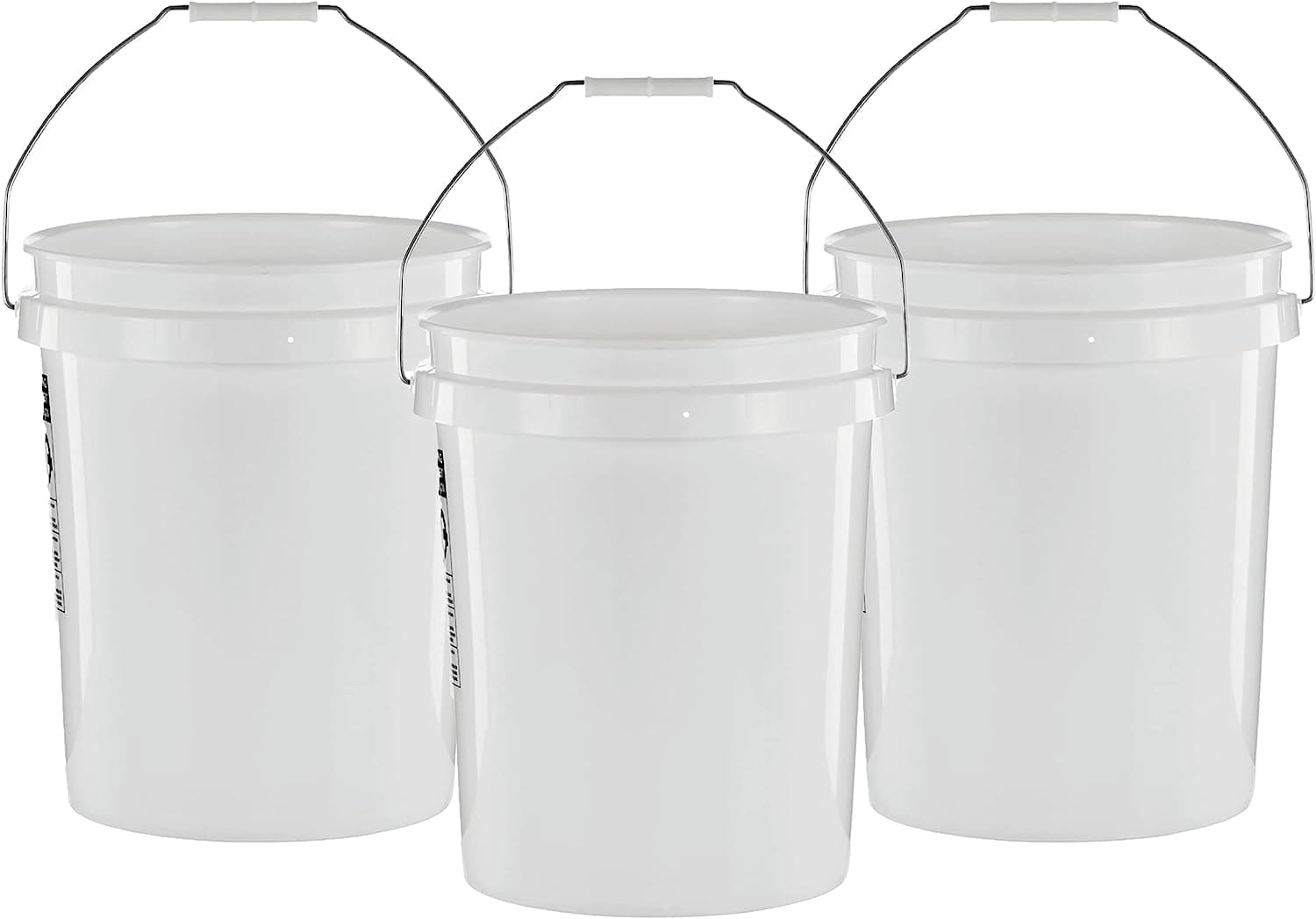
🛒 Shop for Reliable Buckets on Amazon
5. Magnifying Glass: Every detail counts!
Description: This magnifying tool helps in closely inspecting potential gems, ensuring you don’t overlook small but valuable stones. It’s also beneficial for identifying inclusions or other distinguishing features in your finds.

🛒 Grab Your Magnifying Glass on Amazon
6. Guidebooks and Field Guides: Knowledge at your fingertips.
Description: A guidebook specific to Oregon gemstones can be invaluable. It will assist in identifying your finds and give insights on where specific gems might be located.

🛒 Discover the Best Field Guides on Amazon
7. Containers and Bags: Organize, store, and flaunt your finds.
Description: As you collect specimens, having durable bags or containers prevents damage to your finds and makes it easier to carry them.

🛒 Shop for Storage Solutions on Amazon
8. First Aid Kit: Better safe than sorry!
Description: Minor cuts or abrasions are common during rockhounding. A basic first aid kit can help address these small injuries promptly.

🛒 Secure Your First Aid Kit on Amazon
In summary, while the allure of gem mining lies in the thrill of discovery, being well-prepared amplifies this excitement. The right tools, combined with respect for the land and safety precautions, ensure that your Oregon gem hunting experience is both fruitful and enjoyable.
Tips and Tricks for Successful Gem Mining in Oregon

Embarking on a gem mining adventure in Oregon is an exciting endeavor. However, success in this treasure hunt often hinges on more than just luck. Knowledge, preparation, and strategy can significantly enhance your gem mining experience. Here are some essential tips and tricks to ensure you make the most of your time in the Beaver State:
- Research, Research, Research: Before heading out, familiarize yourself with the specific gemstones native to Oregon. Knowing what to look for will make your search more productive. Websites, local rockhounding clubs, and guidebooks can provide valuable insights.
- Visit Local Rock Shops: Engaging with local gem and rock shop owners can be enlightening. They often share stories, provide hints about fruitful locations, or even offer guidance on identification.
- Time it Right: The best times for gem mining in Oregon are late spring to early fall. The weather is typically more amenable, and many of the mining sites are more accessible. However, after a rainfall, riverbeds can expose new treasures, making it a prime time for discovery.
- Stay Safe: Always inform someone about your mining location and expected return time. Many mining areas can be remote, and cell reception may be limited. It’s crucial to have a contingency plan in case of emergencies.
- Mind the Environment: Practicing sustainable and environmentally-friendly mining is essential. Refrain from over-digging or leaving open pits. Ensure you return the landscape to its natural state as much as possible.
- Hydration and Nutrition: Mining can be physically taxing. Carrying ample water, especially during warmer months, and having energy-boosting snacks on hand is crucial.
- Team Up: Mining with a group or a partner can be both safer and more enjoyable. A shared experience can bring different perspectives, and you’ll have more eyes scanning for potential treasures.
- Look Beyond the Obvious: While many gems are found within rocks, don’t neglect the soil. Sometimes, weathering can free gems from their rocky homes, leaving them waiting to be discovered just beneath the surface.
- Keep Records: Documenting your finds, complete with dates, locations, and descriptions, can be invaluable for future trips. Over time, patterns may emerge, guiding you to more productive hunting grounds.
- Stay Persistent: Gem mining is as much about patience as it is about strategy. Not every trip will yield significant finds, but the experience, the beauty of Oregon’s landscapes, and the thrill of the chase are rewards in themselves.
In conclusion, gem mining in Oregon is a blend of preparation, respect for nature, and sheer enthusiasm. With these tips in your arsenal, your next gem hunting expedition in Oregon is bound to be an adventure to remember.
Handling Your Gemstone Finds
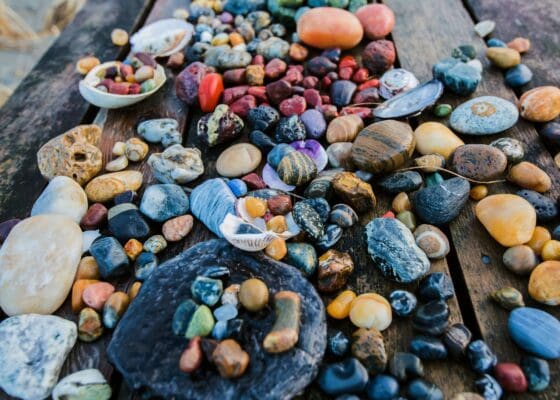
Discovering gemstones during your mining expedition can evoke a rush of excitement. However, the journey of a gemstone doesn’t end with its unearthing. Proper handling, cleaning, and storage can ensure your finds retain their beauty and value. Here are some essential guidelines to help you cherish and showcase your Oregon gem treasures:
- Initial Cleaning: Once you’ve found a gemstone, gently remove any loose dirt or debris with your hands. It’s tempting to rub the stone vigorously, but this might cause scratches or damage, especially to softer gems.
- Water Wash: Submerge your finds in a container of clean water, preferably lukewarm, and let them soak. This process helps in loosening any adhering dirt. You can use a soft brush, like a toothbrush, to gently clean the surface.
- Avoid Harsh Chemicals: While certain gemstones can handle mild soaps, it’s best to avoid chemicals, as they can alter the gem’s color or damage its surface. When in doubt, stick to plain water.
- Drying: After cleaning, lay the gemstones on a soft cloth or towel to air dry. Avoid direct sunlight for extended periods as it can fade the color of certain stones.
- Storing: Store your gemstones separately in soft pouches or compartments to prevent them from scratching each other. If you’ve found raw, uncut gemstones, consider wrapping them in cloth or placing them in individual bags.
- Displaying: For those who wish to showcase their finds, investing in a display case or shadow box can be a great option. Ensure the case is placed away from direct sunlight and in a location with consistent temperature.
- Identification: If you’re uncertain about a particular find, consider visiting a local gemologist or joining a rockhounding club. Members and experts can provide insights into your gemstone’s identity.
- Valuation: For gemstones that appear to be of significant value, getting an official appraisal is advisable. This not only confirms the gem’s identity but also provides an estimate of its market value.
- Consider Custom Jewelry: Transforming your finds into jewelry can be a wonderful way to carry a piece of your Oregon adventure with you. Local artisans or jewelers can offer guidance on designs that best highlight your gem’s unique qualities.
- Educate and Share: Document your findings and experiences. Sharing your stories, insights, and the beauty of your discoveries with friends, family, or online communities can be incredibly rewarding.
In essence, treating your gemstone finds with care and respect ensures they remain timeless treasures. Whether they sit proudly in a display case, are fashioned into jewelry, or are passed down as heirlooms, these gems from the heart of Oregon are tangible reminders of your adventures in gem mining.
Famous Gemstone Finds in Oregon
Oregon, renowned for its mineralogical diversity, has seen some truly remarkable gemstone discoveries over the years. These finds not only shaped the gem mining landscape of the state but also cemented Oregon’s reputation in the global gemology arena. Here’s a look at some of the most celebrated gemstone discoveries that have become part of the state’s rich mining legacy:
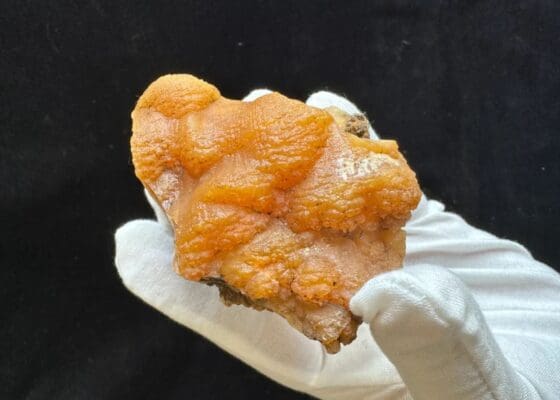
- The Carmen Lucia Ruby: While not discovered in Oregon, this gem has an important connection to the state. Dr. Peter Bancroft, an Oregon resident, was instrumental in acquiring this exquisite 23.1-carat Burmese ruby. It now resides in the Smithsonian’s National Gem Collection.
- Oregon Sunstones: In the early 1900s, the discovery of the Oregon sunstone, a unique gem with a radiant play of colors, put the state on the global gem map. Found primarily in the southeast, these sunstones, with their copper inclusions, can rival fine gemstones from around the world.
- Millennium Blue: Unearthed in the Ponderosa Mine in 1999, this 156-carat blue aquamarine is one of the largest and most pristine gemstones of its kind ever found in Oregon.
- The Roebling Opal: At 2,585 carats, this opal, with its exceptional play-of-color, is another gem connected to Oregon, thanks to mineralogist John L. White, an Oregon native, who acquired it for the Smithsonian.
- Famous Thunder Eggs: While not gemstones, Oregon’s thunder eggs, which are the state rock, have garnered international attention. These spherical rock formations, when cut open, reveal intricate patterns and often quartz or agate deposits.
- Biggs Jasper: Discovered near Biggs Junction in the mid-20th century, this variety of jasper, characterized by its striking patterns, became an instant favorite among lapidaries and collectors.
- The Aura Cascade: This spectacular amethyst geode, with its cascading purple crystals, was discovered in the 2000s and remains one of Oregon’s most iconic mineral specimens.
- Oregon’s Fire Opals: While not a single discovery, Oregon’s opal deposits in the Virgin Valley have yielded fire opals with unparalleled vibrancy, drawing collectors and enthusiasts worldwide.
- Record-Breaking Obsidian: Central Oregon is famed for its obsidian flows. Some of the largest pieces of this volcanic glass, prized for its sharpness and luster, have been found here.
- Fossilized Gems: The state has also yielded gem-quality fossilized wood and marine life, providing not only aesthetic beauty but also a glimpse into Oregon’s prehistoric past.
These historic finds, while exceptional, signify that Oregon’s terrains hold untold treasures. They serve as an inspiration for every gem enthusiast, reminding them that the next big discovery could be just a stone’s throw away.
Additional Gem Mining Opportunities
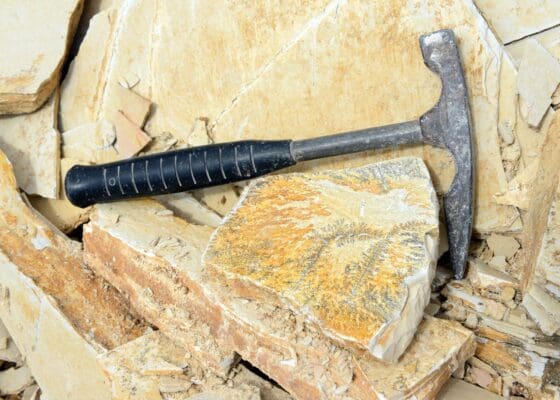
The Pacific Northwest and surrounding regions are replete with mineralogical treasures waiting to be discovered. If you’ve been captivated by the gem-hunting prospects in Oregon, you may want to expand your adventures to neighboring states. Each state offers unique opportunities, promising diverse gemological finds:
- Washington Gem Mining: Just to the north, Washington boasts its own set of gemstone attractions, from the stunning Ellensburg Blue agate to jasper, petrified wood, and more.
- California Gem Mining: South of Oregon, California offers a goldmine (quite literally) of opportunities. Beyond its Gold Rush legacy, the state is also home to tourmaline, garnet, jade, and benitoite, the state gem.
- Idaho Gem Mining: Known as the ‘Gem State’, Idaho offers an array of precious and semi-precious stones, from opals in Spencer to garnets in Emerald Creek.
- Nevada Gem Mining: Venturing a bit further to the southeast, Nevada promises rich deposits of turquoise, garnets, opals, and the alluring black fire opal.
- Montana Gem Mining: To the east, Montana is famed for its sapphires, particularly the exquisite Yogo sapphires. Additionally, agates and garnets are commonly found.
Expanding your gem-hunting horizon to these neighboring states can enrich your experiences and diversify your collection. Each state, with its unique geological history and terrain, promises a distinct and thrilling adventure for gem enthusiasts.
For a deep dive into gem mining locations and tips, explore our Gem Mining Near Me guide.
The Timeless Allure of Gem Mining and a Home-Based Alternative
Gem hunting in Oregon is more than just a pursuit of shimmering treasures. It’s a dance with Earth’s deep history, an exploration of the mysteries beneath our feet, and a chance to connect with nature in its rawest form. The Beaver State’s vast and varied terrains, from the sun-kissed plains of the southeast to the volcanic stretches of central Oregon, beckon adventurers with promises of sunstones, thunder eggs, opals, and more.
But what if the thrill of the hunt could be experienced from the comfort of your home? Introducing the Gem Mining Kit: a curated collection of mineral-rich soil and tools that brings the magic of gem hunting to your living room. While it might not replace the rugged charm of an outdoor adventure, it offers a slice of the experience, perfect for budding gemologists, curious kids, or anyone who cherishes the sparkle of discovery. Dive in, and let the hunt begin!

